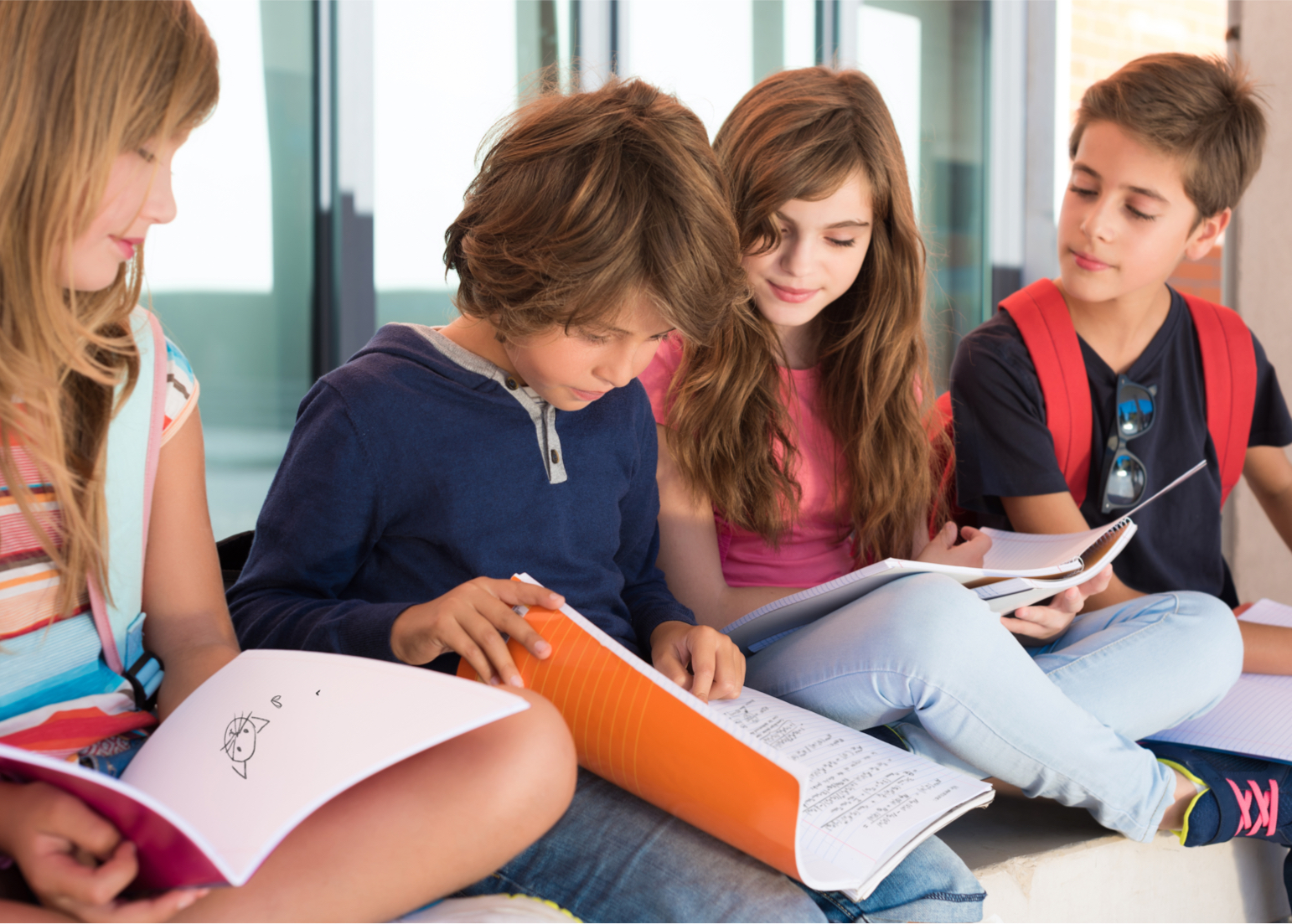Facts About After School Programs
The Need
Families worry about kids being unsafe and having too much idle, unsupervised time.
- The parents of more than 28 million school-age children work outside the home. (U.S. Department of Labor)
- At least 7 million and as many as 15 million “latchkey children” return to an empty house on any given afternoon. (U.S. Census Bureau, Urban Institute estimates, 2000)
- Children are at greater risk of being involved in crime, substance abuse, and teenage pregnancy in the hours afterschool, particularly between the hours of 3 – 6 p.m. (National Center for Juvenile Justice, 1999)
- The most common activity for children after school is watching television – on average, 23 hours a week. (A.C. Nielsen and Company, 1992
The Benefits
Afterschool programs keep kids safe, help working families and improve students’ academic achievement by providing critical opportunities for youth to learn and grow.
- Students in quality afterschool programs have better academic performance, behavior and school attendance and greater expectations for the future. (U.S. Departments of Education and Justice, 2000)
- Students who spend no time in extracurricular activities are 49 percent more likely to have used drugs and 37 percent more likely to have become teen parents than those who spend one to four hours per week in extracurricular activities. (U.S. Dept. of Health and Human Services. Adolescent Time Use, Risky Behavior and Outcomes: An Analysis of National Data,1995)





